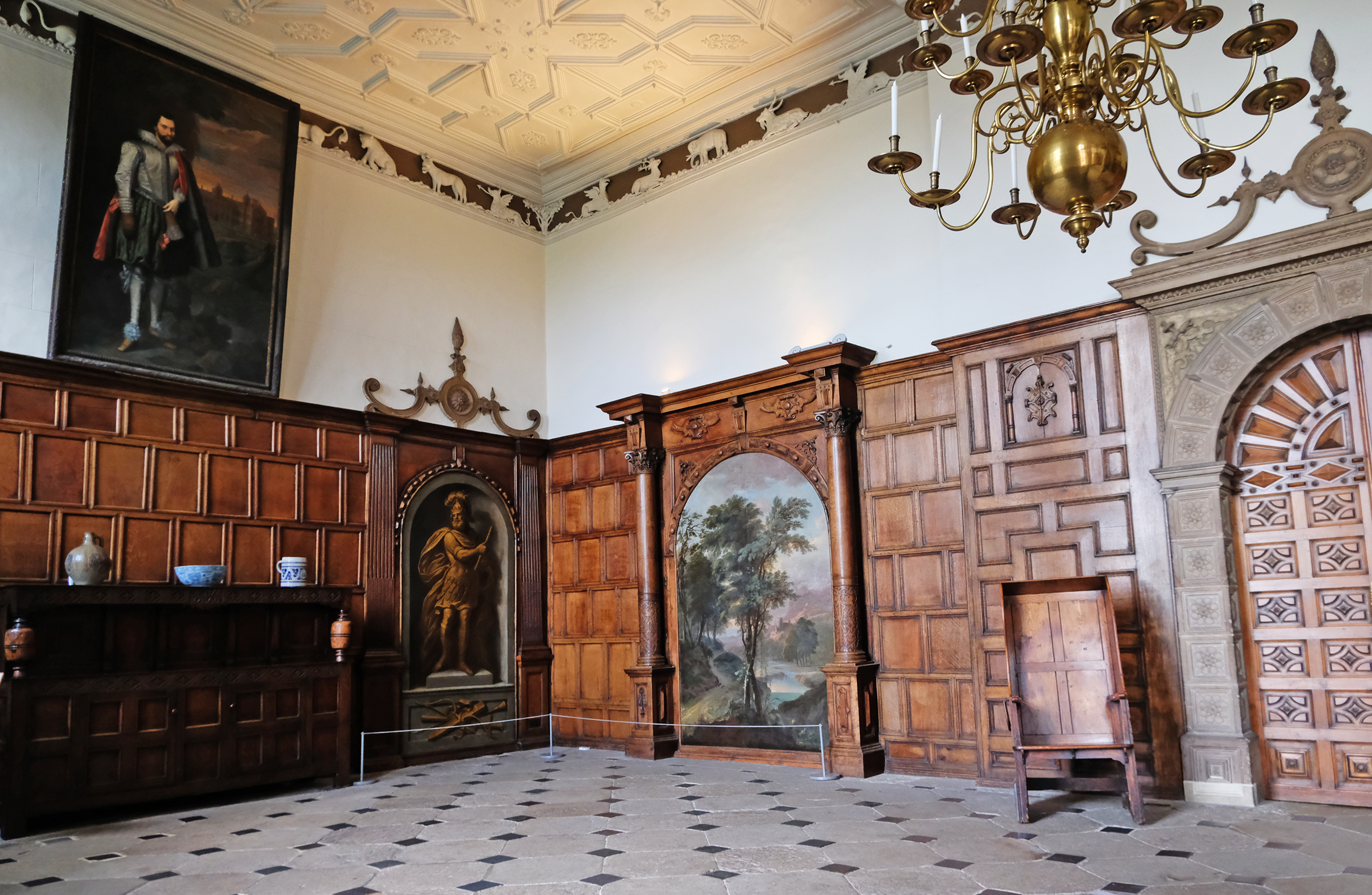
‘Do you believe in ghosts?’ a friend asked, when I told her I was joining one of Aston Hall’s night-time Ghost Tours. ‘No, not really’, I replied. I’d heard of spooky sightings at Birmingham’s former stately home, which was named the UK’s most haunted location back in 2019, but wasn’t feeling particularly fearful. During my evening journey there, however, I changed my mind.
My taxi driver, who admitted he’d only heard of Aston Villa Football Club, got lost enroute. After being asked if he could leave me in a dark alley quite a walk away, followed by some negotiations, I persuaded him to drive onwards, through the iron gates, and up to the grand old mansion. As it loomed large, I realised, this already had all the hallmarks of a scary story. Haunted house: fact or fiction? I was about to find out.

Leaving the dark courtyard behind, I stepped into the Grade-I listed building with a small tour group – some people were more jittery than others. Our guide, who was donning a suitably long cloak and hat, pushed open Aston Hall’s heavy brown doors to reveal a huge and dimly-lit entrance hall, with a chandelier hanging from the ceiling. On a panelled wall opposite was an imposing portrait: welcoming us into his former home was Sir Thomas Holte, for whom it had been built in the 17th century.
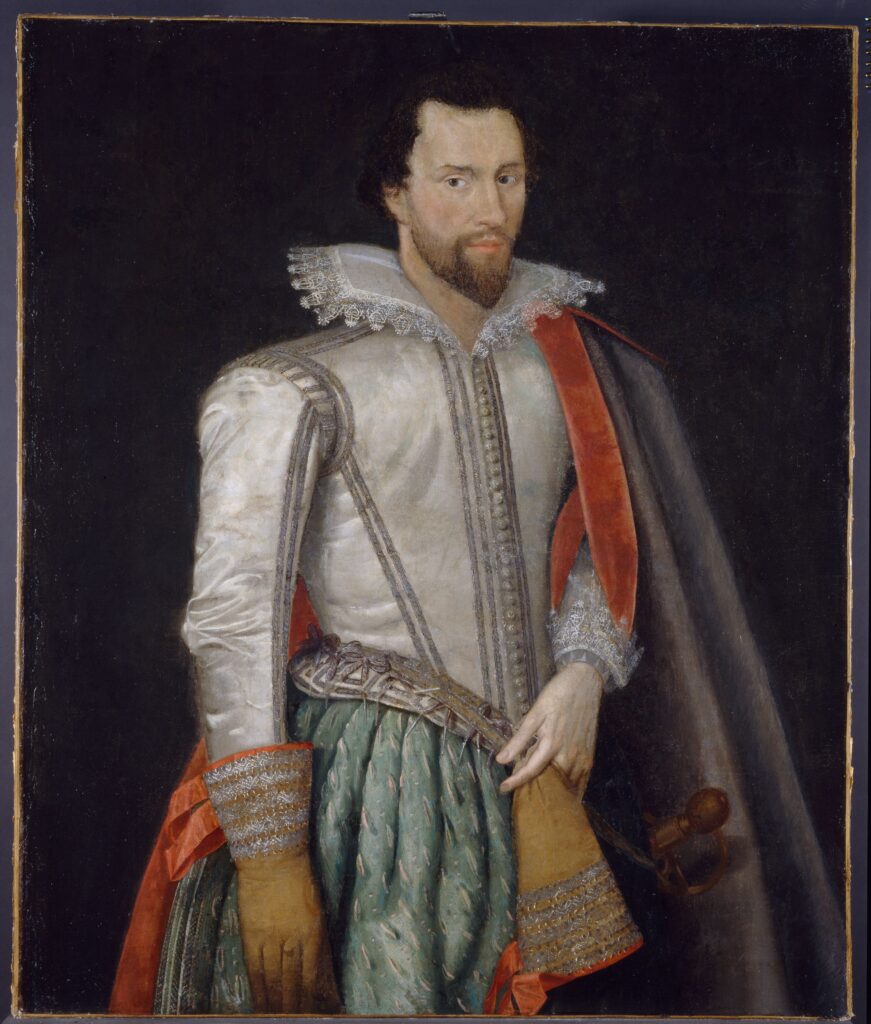
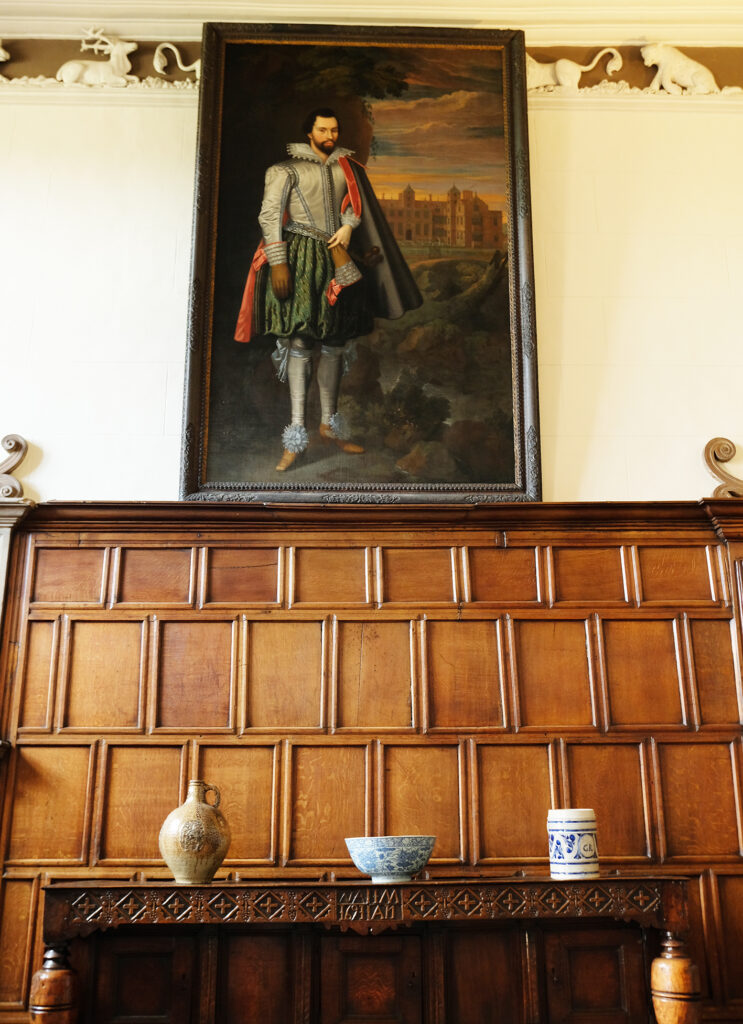
Sir Thomas was known for his aggressive temper, and lives on as an intimidating presence in this painting. Cloaked, with one glove on, and other off, he stands before Aston Hall, which is illuminated by an orange-streaked sky. This artwork is also where the ghost stories begin. A violent and vindictive man, Sir Thomas is known to have murdered his cook, according to a report from 1606:
‘Sir Thomas Holte tooke a cleever and hytt hys cooke with the same cleever…and clave his heade that the one syde therof fell upone one of hys shoulders, and the other syde on the other shoulder.’
I glanced again at his gloveless hand, before our guide led us up a dark oak staircase, shattered by cannon ball damage from the civil war. Arriving at an attic room, known as Dick’s Garrett, we were told the next ghost story. A young servant boy, Dick, was accused of theft and locked in this room to await his master. Guilty or not, he knew he would be in for horrific punishment and so took his own life.
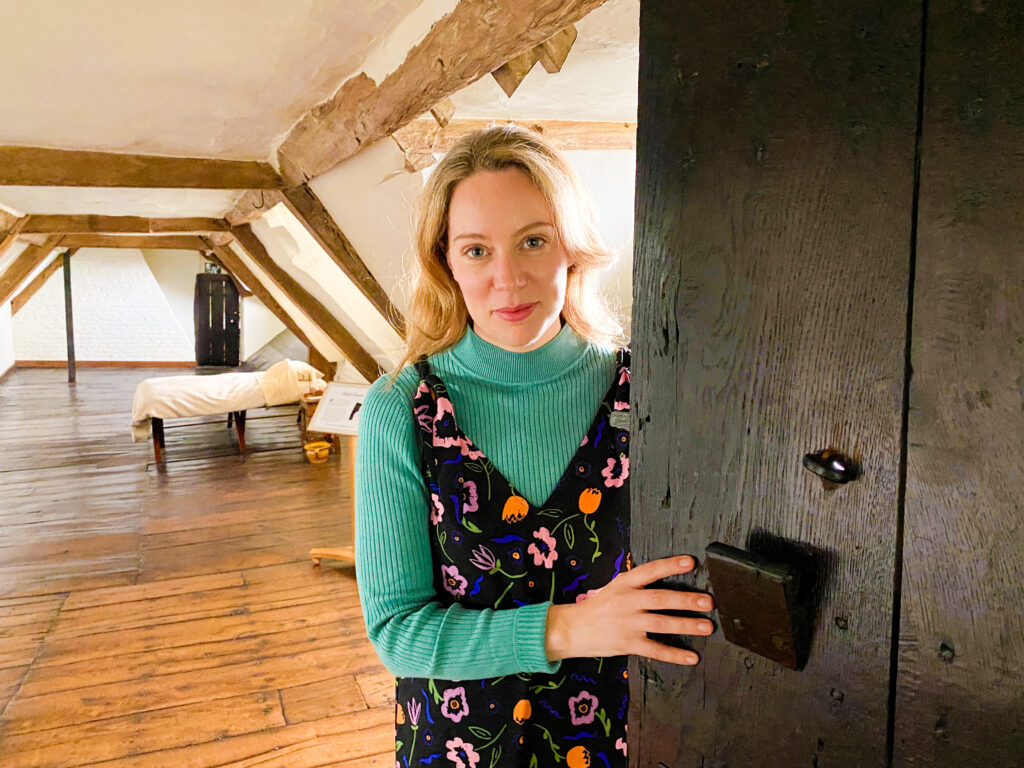
Holte’s children, too, lived in fear of their father. Another of the ghosts is thought to be ‘Grey Lady’ Mary Holte, who was reputedly held prisoner in her room by Sir Thomas. After discovering his daughter’s plans to marry a man he did not approve of, he locked her in an attic room until she changed her mind; she never did and, rumour has it, died from a broken heart.

As we departed these upstairs rooms, marked by a certain chill, the manor creaked, and someone jumped at a shadow. Passing more commanding portraits in rooms including the impressive Long Gallery, we were greeted by the likes of Elizabeth I, Oliver Cromwell and the man he brought to execution by a brutal beheading, Charles I. Their eyes seemed to follow us as we walked through hallways, up and down staircases.
As a reader of gothic fiction, I was beginning to feel that the mansion itself was the main presence of the evening, and a creepy character in its own right. Having housed the Holte family for 200 years, I sensed it was holding onto sins and secrets. Or was that just the writer in me, getting carried away?
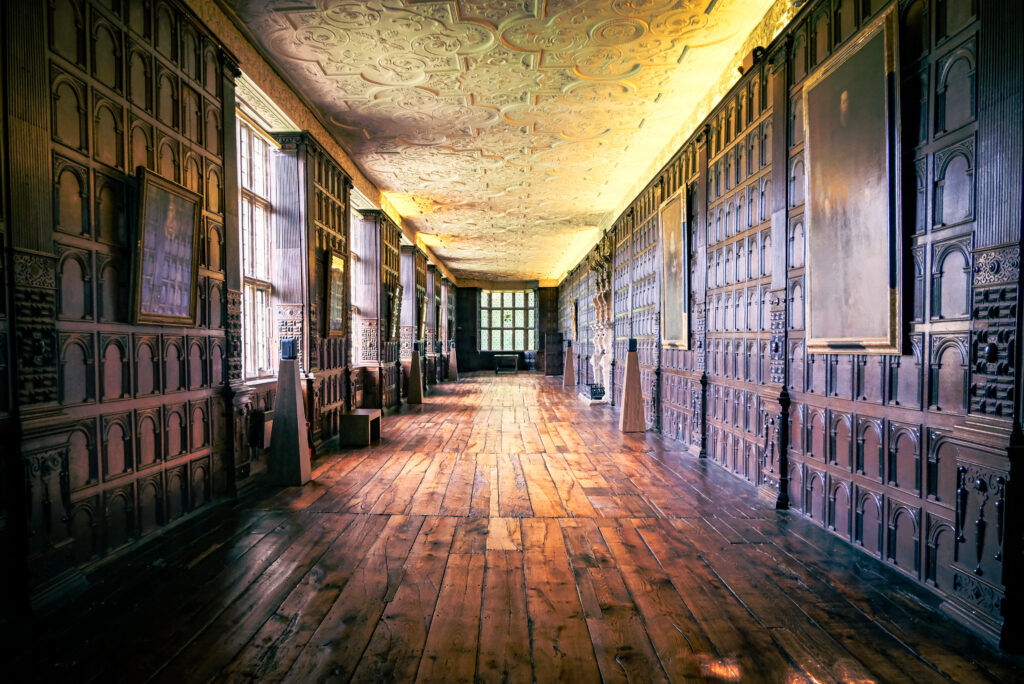
I wouldn’t be the first, though, as it has inspired several authors. While living in Birmingham during the 19th century, Washington Irving dined at Aston Hall and afterwards wrote about it in his novel ‘Bracebridge Hall’. Following on from this, he penned ‘The Legend of Sleepy Hollow’, in which a village is terrorised by the ghost of a Headless Horseman. Could Sir Thomas, with his cleaver, have been the inspiration for this famous horror story?
After working in Aston, Sherlock Holmes creator Arthur Conan Doyle also wrote ‘The Haunted Grange of Goresthorpe’, in which two friends go ghost hunting in an old mansion, getting more than they bargained for.
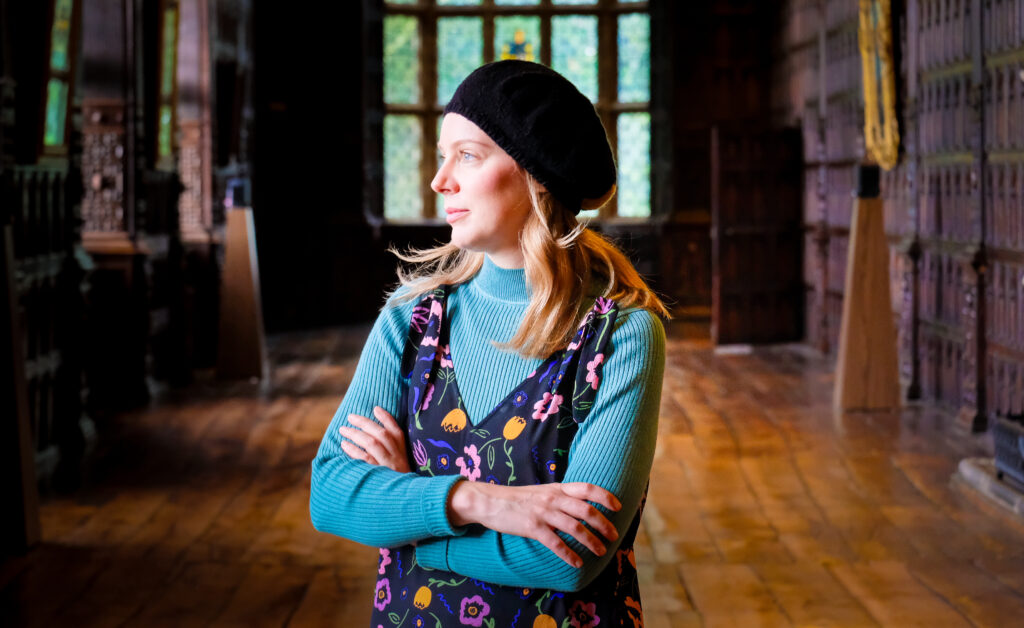
It’s said that James Watt junior, who lived at Aston Hall during the 19th century, encouraged ghost tales to keep people away. Today, these same stories lure audiences to the grand manor which boasts Jacobean architecture, a magnificent collection of paintings, and perhaps a ghost or two. While I didn’t spot one this time around, I certainly wouldn’t want to spend a night alone in the house, at least not without a taxi waiting outside.
Aston Hall’s ‘After Dark: Ghost Tours’ will be running until the end of November. You can book your ticket, if you dare, here.
This article was originally published in the Birmingham Post
